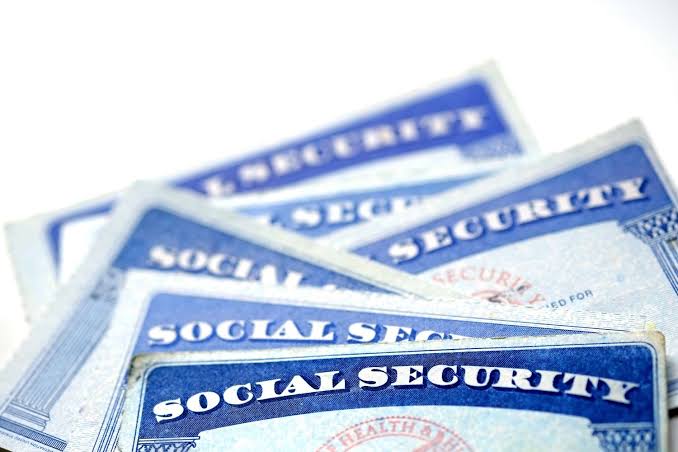If you’re collecting Social Security and saw your payment arrive today, July 3, 2025, you might be wondering—what’s the most someone can actually receive? Believe it or not, a lucky few Americans are pocketing over $5,000 this month in retirement benefits. But reaching that number isn’t easy—and for most, it’s far out of reach.
The Maximum Social Security Benefit in 2025
As of this year, the maximum monthly Social Security benefit depends heavily on when you start collecting:
-
If you filed early at age 62, the most you can get is $2,831/month
-
If you wait until your Full Retirement Age (FRA), which is around 66–67, you could receive up to $4,018/month
-
And if you delay all the way to age 70, your monthly check could hit $5,108
But here’s the catch: very few people actually qualify for these maximum amounts. To do so, you would need to:
-
Work for at least 35 years
-
Earn at or above the Social Security wage cap every year (that’s $176,100 in 2025)
-
Wait until age 70 to start collecting your benefits
Unless you’ve consistently earned a high income and strategically delayed your claim, your monthly check likely falls below the average—sometimes far below.

What Most People Actually Receive
While it’s tempting to imagine cashing in on a $5,000 monthly check, the reality is more modest. The average Social Security retirement benefit in May 2025 was about $1,950 per month. And for those receiving Supplemental Security Income (SSI), which supports people with limited income or disabilities, the maximum is even lower:
-
$967/month for individuals
-
$1,450/month for couples
That’s a far cry from the highest possible payout—and for many, it’s barely enough to cover rent, groceries, or medical expenses.
Why Timing and Earnings Matter So Much
Social Security calculates your benefit using your highest 35 years of earnings, adjusted for inflation. If you have fewer than 35 years of work, zeros are factored in, bringing your average down.
Your age when you start benefits also has a huge impact:
-
Claiming early (at 62) results in a permanent reduction of up to 30%
-
Waiting until FRA (66–67) gives you 100% of your earned benefit
-
Delaying until age 70 adds 8% per year in “delayed retirement credits”—boosting your monthly check by up to 24% or more
This system is designed to reward those who can afford to wait—but it penalizes those who need the money sooner.
Can You Increase Your Future Benefit?
If you haven’t claimed Social Security yet, there are a few smart strategies that could maximize your payout:
-
Delay claiming as long as possible, ideally until age 70
-
Keep working longer if you haven’t hit 35 years of earnings
-
Earn more if you can—higher wages mean higher contributions and potentially a higher benefit
If you’re already receiving benefits, it’s still worth reviewing your record at ssa.gov to ensure accuracy and explore spousal or survivor benefits you may qualify for.
Final Thoughts
Today’s Social Security payment might be a lifeline—but whether you’re receiving $900 or over $5,000, it’s a reminder of how crucial timing and lifetime earnings are in the system. If you’re planning your retirement or helping a loved one navigate theirs, understanding how benefits work is key to getting every dollar you deserve.


